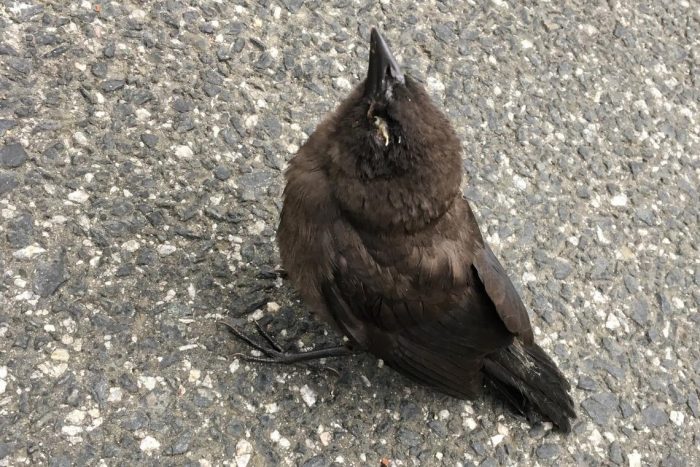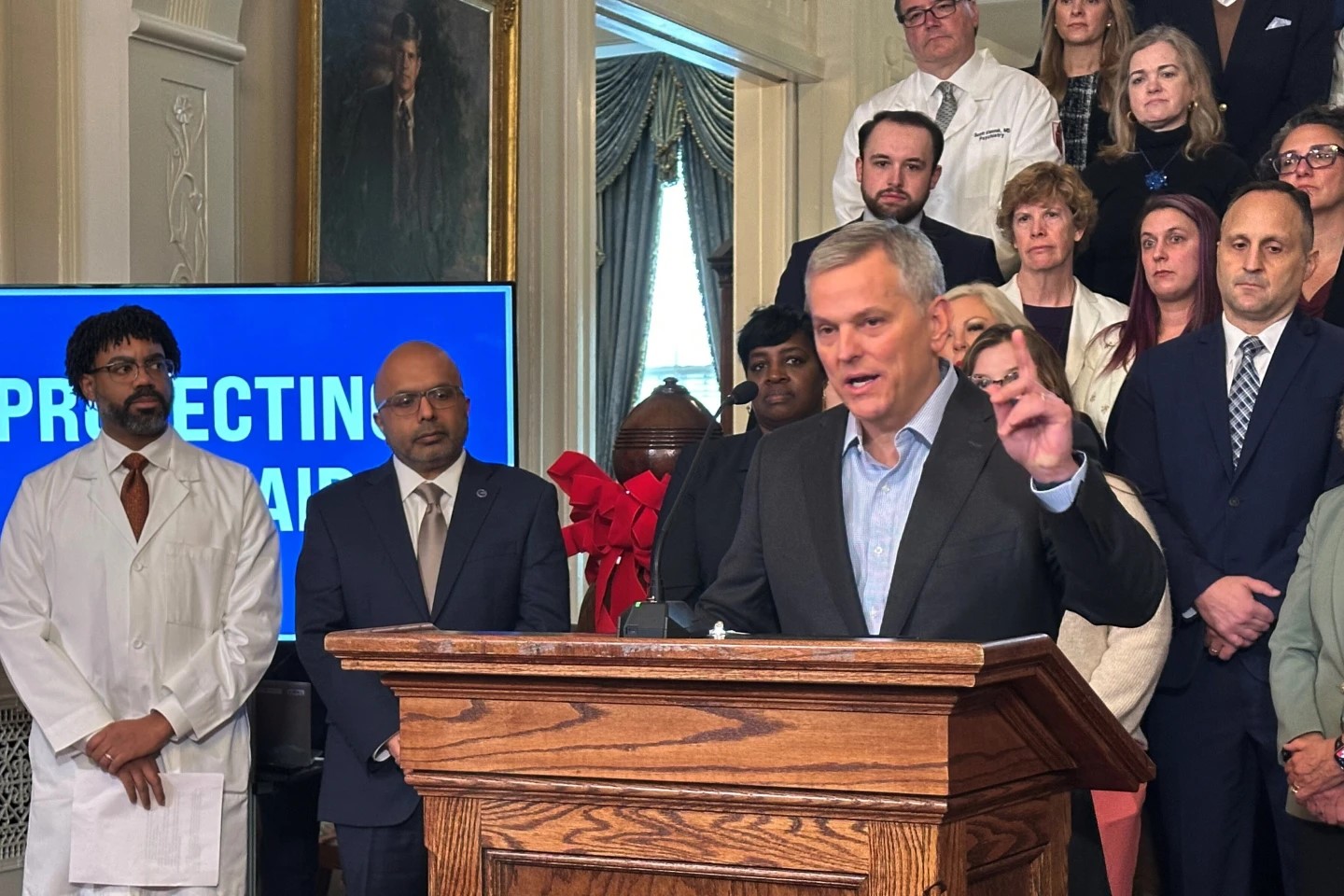This spring, biologists began to hear about songbirds in the eastern part of the country that were sick or dying for unexplained reasons. Now, the North Carolina Wildlife Resource Commission is asking residents to keep a lookout for these sick birds in their own backyard.
In late May, biologists started to receive reports of sick and dying songbirds in Washington D.C., Maryland, Virginia, West Virginia and Kentucky. Infected birds appeared to be lethargic with crusty or swollen eyes.
More recently, North Carolina has had its own reports of sick and dying birds – which experts say may stem from this new disease.
“We have laboratories that do wildlife disease studies across the Eastern U.S. doing samples and trying to figure out what this is,” said Falyn Owens, an extension wildlife biologist with the North Carolina Wildlife Resources Commission. “So far, they haven’t been able to find anything consistently that that points to why these birds are getting sick.”
The birds that have been turned in with these odd symptoms are mostly blue jays, European starlings, common grackles, and American robins.
“So, it’s a subset of birds that don’t usually come up with this conjunctivitis, which is the swelling in the eyes,” Owens said.
Owens said this unexplained illness causes more than just conjunctivitis. She said North Carolinians may be able to identify sick songbirds by looking for physical symptoms of neurological issues.
“Although we can’t ask, ‘on a scale of one to 10, how much pain are you in,’ we do know that there have been having neurological symptoms, like not being able to balance or having weird head tilts or walking in circles,” Owens said. “The kind of things that show that their brain is actually being affected. And of course, in the end when they die, it’s definitely not a good outcome for them.”
To reduce the spread of this outbreak and protect birds from diseases, Owens recommends that residents remove bird feeders entirely until the threat subsides.
“Certain diseases like avian conjunctivitis and salmonella poisoning are really common where there are a lot of bird feeders because just like going to a restaurant that serves everybody on the same plate, when you put up a bird feeder, you’re encouraging these birds to congregate and all eat from the same location,” Owens said. “And they’re basically like swapping spit and they’re pooping on the feeder and it’s just a really unsanitary situation.”
As a safer alternative to birdfeeders, the North Carolina Wildlife Resources Commission recommends planting native trees, shrubs, and flowers. North Carolinians can find a list of plants native to their area from the Audubon Society.
While the number of cases of this mysterious songbird illness seems to be decreasing in heavily impacted states, such as Virginia and Maryland, Owens asks North Carolinians to remain vigilant as the future is still uncertain.
“So, we think that we might be on the tail end of this outbreak, but there’s no telling whether it’ll pop back up or whether it’ll pop up in new places that didn’t see any of these sick birds this time around,” Owens said. “Diseases are like that. They’re very unpredictable. All we can do is monitor what’s going on, ask for the public to keep us up to date on what they’re seeing, and try to act appropriately.”
To report a sick or dying songbird, click here.
Lead photo via the National Park Service.
Chapelboro.com does not charge subscription fees. You can support local journalism and our mission to serve the community. Contribute today – every single dollar matters.










